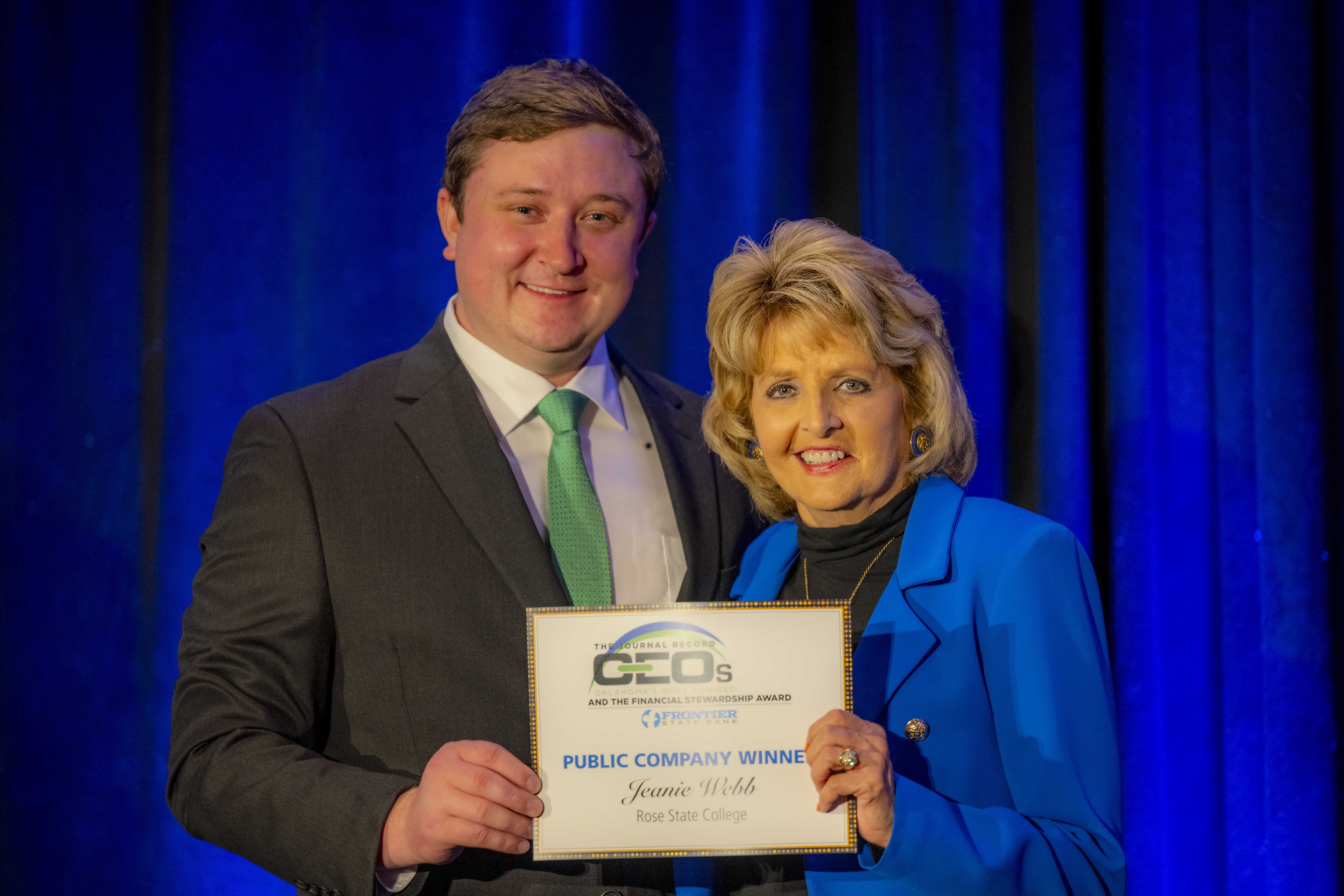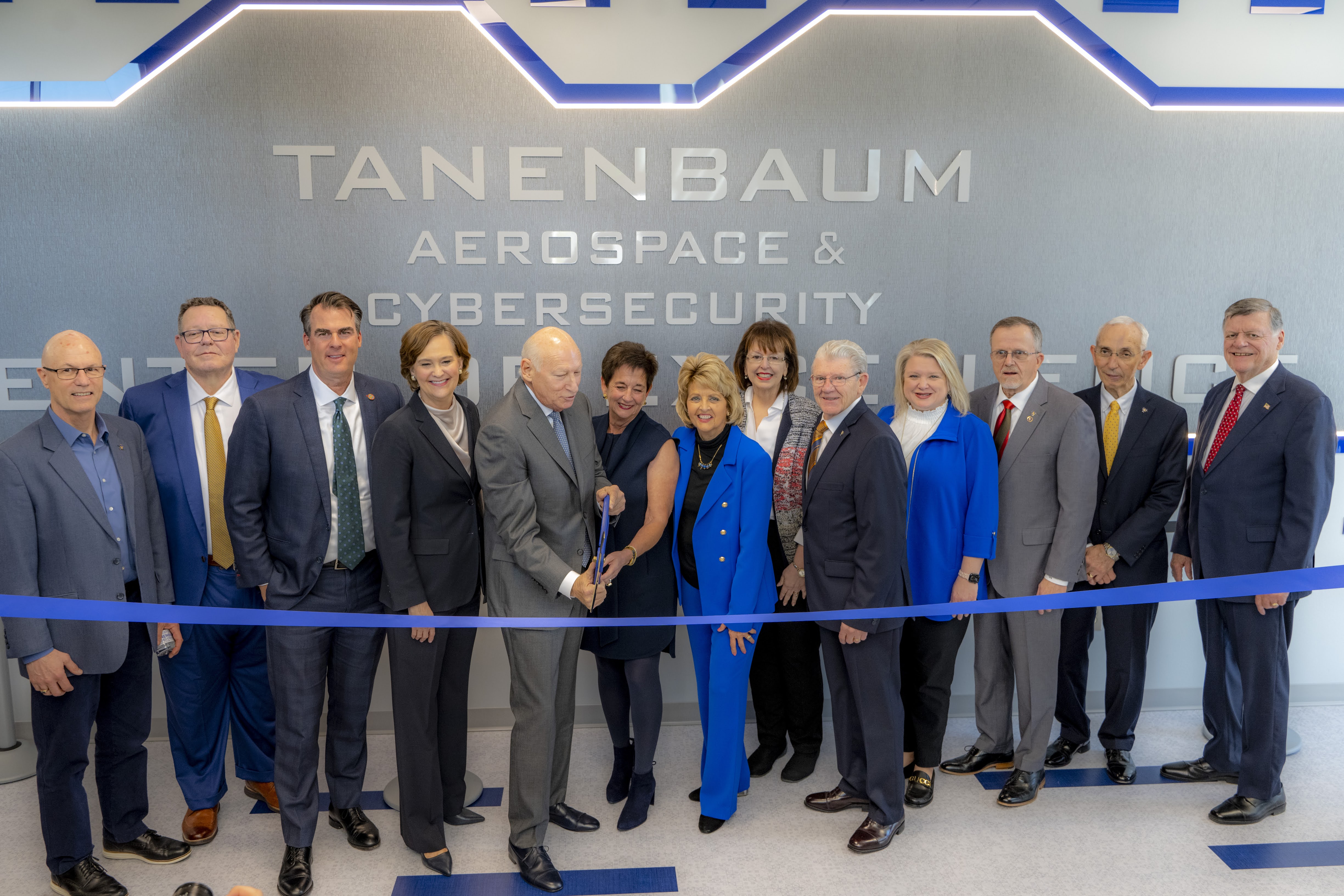Overview
Procedures
Setting Up Accommodations (PDF)Accommodation Request Intake (PDF)
Accommodation Procedures (PDF)
Welcome to Student Access Services!
Rose State College and Student Access Services (SAS) (formerly Disability Services for Students) take great pride in promoting the development of students and the personal independence necessary to succeed academically and beyond. SAS provides services to students who have permanent or temporary disabilities, including students with physical or learning disabilities and students with health issues (mental or physical) which impact their Rose State experience. We seek to create a welcoming, universally accessible environment where all students are able to participate in the myriad aspects of the Rose State experience.
Students have the right (and responsibility) to self-disclose and make use of the services available. To begin this process, students are encouraged to contact SAS to discuss what services, resources, and accommodations exist. The choice – to use or not – is yours. Make an informed choice.
We invite you to connect with us to learn about the options available. If at any time you cannot access forms or pages on this site and need to request an accessible format, please email StudentAccessServices@rose.edu for assistance.
How to Obtain Accommodations
Self-identifying with SAS is the first step in both gathering useful information – what SAS offers & what other resources exist – and establishing accommodations. You will need to provide documentation, make an appointment to review/discuss it, and identify appropriate accommodations. Creating a faculty accommodation letter is part of that process. Please see the Documentation Guidelines for direction on what to provide. If you are unsure, submit/bring whatever you may have so we can review and evaluate it.
To get accommodation letters set-up:
- Complete the Request for Accommodation Intake
- Schedule an appointment to meet with the SAS Coordinator
- Create an accommodation letter (SAS and student)
- Send the accommodation letters (done by student)
Implementing Your Accommodation(s) is a Two-Step Process:
- Send Letters
- Meet with each faculty member
It is the responsibility of the student to set up a time to discuss with their instructors how the accommodations will be implemented.
- It is essential that you meet to discuss the logistics early enough to ensure the accommodations can be implemented. We recommend talking with your professor 7 days prior to an exam; otherwise, it may be too little time to put things in place. The same is true for other accommodation needs such as accessible texts or sign language interpreters. Reasonable notice is necessary to ensure provision of accommodations.
- There is no deadline to request accommodations or send accommodation letters. However, there are no retroactive accommodations
Student Accommodations
Appropriate accommodations are provided on the basis of the disability, its impact, and the course, program, activity, or facility.
A determination is made through review of the documentation, an interactive process with the student, and an assessment of the essential elements of the program/activity. A student must be “otherwise qualified” and is held to the same standards, requirements, and expectations that exist for all students. Provisional (‘temporary’) accommodations may be provided for 1 semester while additional documentation is sought to better clarify the needs and appropriate accommodations. These provisional accommodations will be based on the available information at the time.
An accommodation is deemed to be unreasonable when it:
- Fundamentally alters an essential element; and/or
- Results in an undue financial or administrative burden.
The intent of accommodations is to provide “equal access” and “equal opportunity” for an individual. As for any student, there is no guarantee for success. Adjustments to policies and procedures may be reasonable accommodations as well, e.g., withdrawal deadline.
SAS also provides assistance and accommodations to students with temporary disabilities.
American Sign Language (ASL) or Communication Access Real-time Translation (CART) may be an accommodation in classes that impact communication for students with significant hearing disabilities.
Examples of other types of accommodations
- extended exam time
- reader/scribe (for exams)
- use of computer/laptop in class (for notetaking, for exams)
- address issues of attendance
- address issues of deadlines
- housing needs
Accessibility vs. Accommodation
SAS works toward an inclusive, universally accessible community. Issues related to Accessible Instructional Materials (e.g., videos, pdfs, lectures), classroom access (e.g., building, room, seating), and communication (e.g., interpreter/CART) are addressed ongoing with a specific focus on identified student needs in order to create access. These efforts provide access, rather than accommodation, and are separate from the student accommodation letter. No accommodation letter is necessary to address these needs.
An accommodation letter, which the student initiates and provides directly to instructors, identifies the classroom accommodations to be provided that generally are only done on the basis of "disability" and once the letter is received.
It is important to note the distinction between ACCESSIBILITY, which is done to remove known barriers, and ACCOMMODATION, which is a formal letter of notification.
Equipment (loan/check-out)- Smart Pen
- Personal FM System
- CCTV (portable)
Assistive software available in the LRC
- Sonocent Software Programs – Individual licenses can be checked out to students with disabilities who have challenges with note taking. Sonocent offers two different programs: Audio Notetaker – This allows the student to audio record the lecture while also highlighting specific parts of the lecture. This recording can be paired with the professor’s PowerPoint slides and creates an individualized study aid for each student. This can be used on a laptop, tablet, or cellphone in either Apple or Windows format. The other option is Glean – This app is a less technical program similar to the Audio Notetaker but is less robust and more user friendly to those who are not eager to explore new technology. For those receiving accommodations, please check in LRC 106 about checking out a license to either of these programs.
- JAWS for Windows is a screen reader designed to assist blind or low-vision students.
- Zoom Text is a screen enlargement software for low-vision students.
- Dragon NaturallySpeaking is for voice-activated computer usage.
- Read and Write is a customizable toolbar that integrates reading, writing, studying, and research support tools with all common applications. Read and Write is available on all student use computers on campus, and available through Canvas for free download and use on your home computer.
Contact Information
Student Access Services (formerly Disability Services)
Learning Resources Center (LRC), Room 106
6420 Southeast 15th Street
Midwest City, OK 73110
(405) 733-7373




